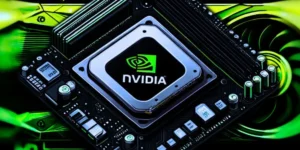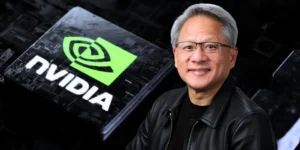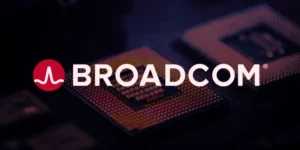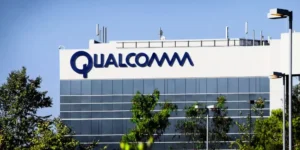Upgrading gaming hardware is often seen as an exciting leap toward better graphics, faster frame rates, and smoother gameplay. But beneath the surface, there’s more to upgrading than just swapping out a GPU or installing a new SSD. The hidden costs of upgrading gaming hardware can catch even seasoned gamers off guard, affecting your wallet, time, and overall experience.
Compatibility and the Domino Effect
One of the most overlooked aspects of upgrading is compatibility. A new graphics card might require a stronger power supply, or a new CPU could need a different motherboard. These cascading dependencies often force users to replace more components than initially planned. What started as a simple GPU upgrade can snowball into a near-complete system overhaul, driving up the cost significantly.
The Cost of Peripherals and Accessories
A new graphics card capable of 1440p or 4K gaming demands more than just horsepower; it needs a high-resolution, high-refresh-rate monitor to take full advantage of it. Likewise, faster response times might lead gamers to consider a new keyboard, mouse, or even a better cooling system. These extras may not seem essential initially, but they become hard to ignore once performance increases. The result is a growing list of secondary purchases.
Time, Effort, and Technical Know-How
Upgrading isn’t just a financial investment; it also takes time and technical skill. The process can become frustrating and time-consuming, from installing components to troubleshooting BIOS updates and driver conflicts. For those unfamiliar with PC building or maintenance, this often means turning to professionals or tech-savvy friends, adding further to the hidden costs, whether in money or favors.
Depreciation and Resale Realities
Many gamers offset costs by selling old parts. But hardware depreciates quickly, especially in a market with frequent new releases. A component that was top-of-the-line two years ago might only fetch a fraction of its original price. Counting on resale to balance your upgrade budget is a gamble that doesn’t always pay off.
Conclusion
While upgrading gaming hardware can be an exciting way to enhance your experience, it’s essential to look beyond the price tag of individual parts. Compatibility issues, peripheral upgrades, technical hurdles, and depreciation add up. To make smarter decisions, gamers should plan holistically and be aware of these hidden costs because performance gains aren’t the only things you’re investing in.












